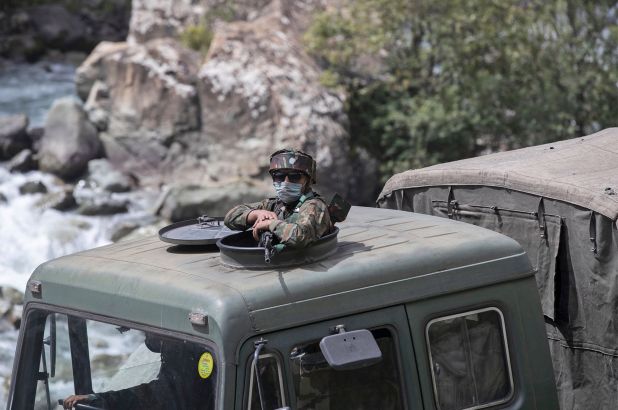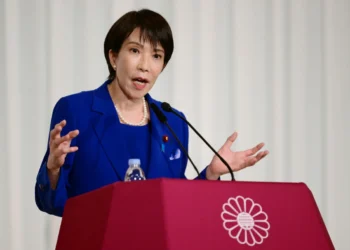China has accused Indian troops of illegally crossing the disputed Line of Actual Control border and firing “provocative” warning shots at patrolling soldiers.
Chinese guards were “forced to take countermeasures”, said a military spokesperson, though it is not clear what they were.
It would be the first time in 45 years that shots were fired there, breaking an agreement barring firearm use. Both sides have observed a long-held protocol to avoid using firearms on the sensitive, high altitude frontier running through the western Himalayas, though this agreement has not prevented casualties. Relations between both countries have steadily deteriorated in recent months.
According to state media outlet the Global Times, the Indian troops had “illegally crossed the Line of Actual Control (LAC) into the Shenpao mountain region near the south bank of Pangong Tso Lake”, quoting senior colonel Zhang Shuili, a spokesperson of the People’s Liberation Army (PLA).
“India’s move “seriously violated related agreements reached by both sides, stirred up tensions in the region and is very vile in nature,” colonel Zhang said.
The PLA spokesperson also called on the Indian side to “immediately stop dangerous moves, withdraw personnel who crossed the LAC… and punish the personnel who fired the provocative shot”.
“We request the Indian side to immediately stop dangerous actions…and strictly investigate and punish personnel who fired shots to ensure that similar incidents do not occur again,” Zhang said in the statement.
The Indian authorities are yet to respond to the accusation.
A 1996 agreement between both countries bars the use of guns and explosives from the Line of Actual Control, as the disputed border is known, although soldiers have clashed there before.
The tense confrontation comes just one day after India’s military alerted Chinese officials of reports that five Indian civilians were kidnapped by Chinese troops from an area near the disputed border.
Tensions rose in June when 20 Indian soldiers were killed in a violent skirmish with Chinese forces. Local media outlets said then that the soldiers had been “beaten to death”.
In August, India accused China of provoking military tensions at the border twice within one week. Both charges were denied by China, which said that the border standoff was “entirely” India’s fault.
The Line of Actual Control is poorly demarcated. The presence of rivers, lakes and snowcaps mean the line can shift.
The soldiers on either side, representing two of the world’s largest armies, come face to face at many points. India has accused China of sending thousands of troops into Ladakh’s Galwan valley and says China occupies 38,000sq km (14,700sq miles) of its territory.
In recent days, army generals from India and China have been involved in talks aimed at resolving the border row. If they are not successful, there is a risk of escalation between two rivals who happen to be the world’s most populous countries – and have nuclear weapons.
The two countries have fought only one war so far, in 1962, when India suffered a humiliating defeat.






















